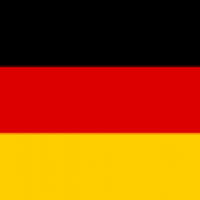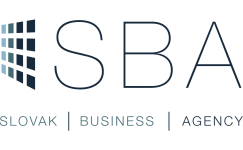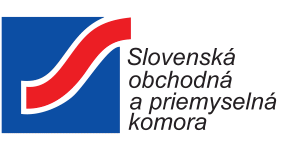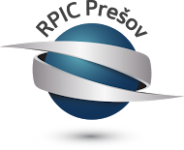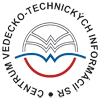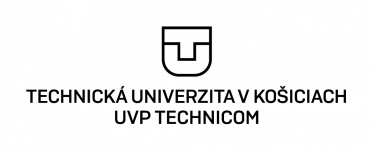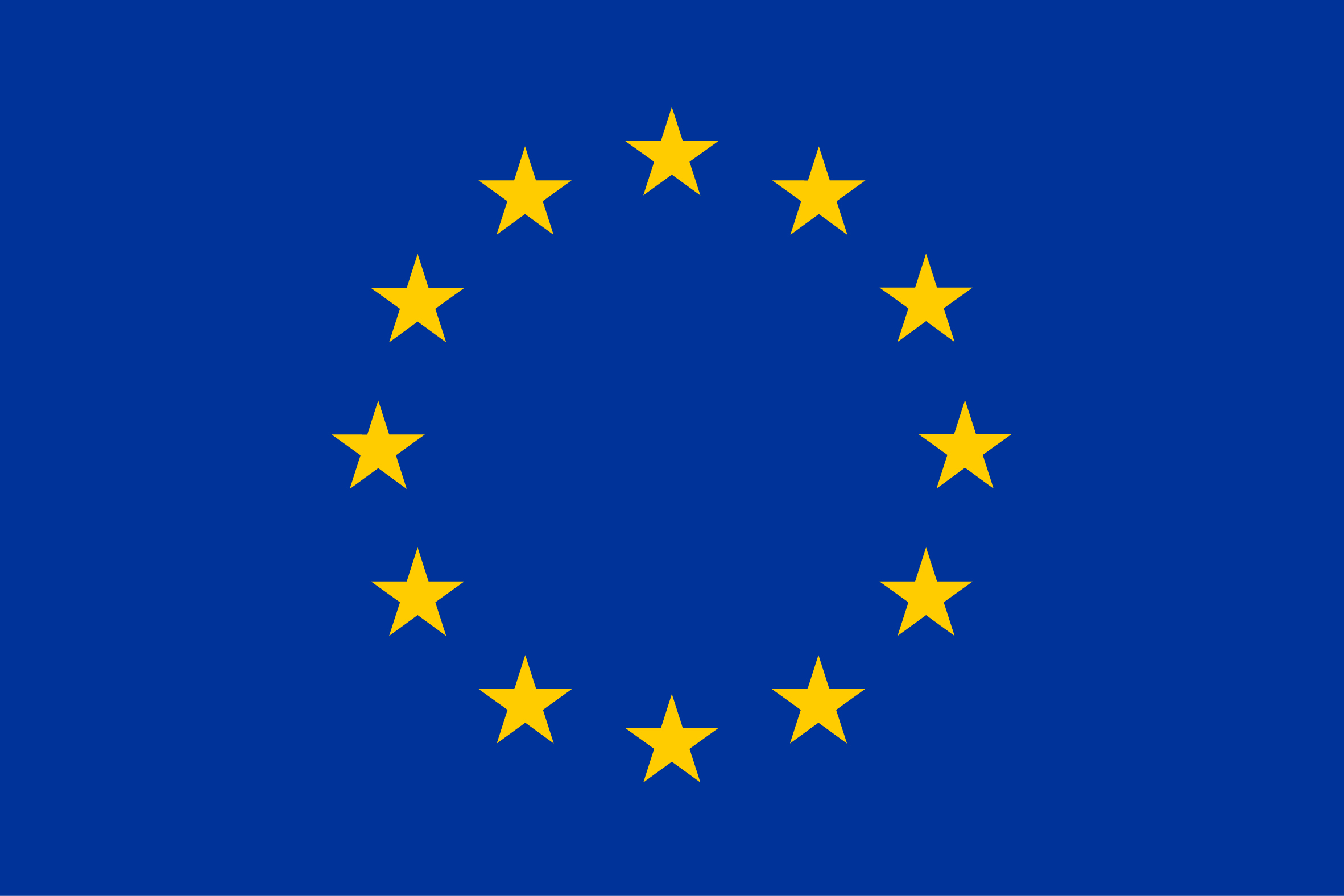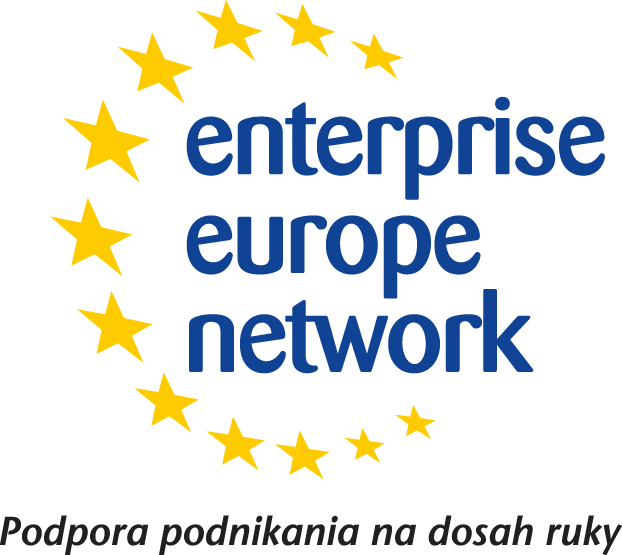Summary:
A German university developed a new control method that provides variable output voltages in DC-DC converters. A laboratory model is available. The new resonant converters are characterised by high flexibility and efficiency, small size and low costs. Industrial partners are sought for license agreements.
Description:
Flexible chargers for batteries (especially in the field of e-mobility), fuel cell applications or flexible photovoltaic battery combinations all contain switch-mode power supplies with DC converters, DC-DC converters in short. Usually the voltage ratio between output and input voltage of galvanically isolated DC-DC converters can only be varied in the range of 1:2. This is not the case with the new bidirectional, galvanically isolated resonant DC-DC converter offered by a German university: Here the voltage ratio can be variably adjusted in the range 1:4.
With the resonant converter of the German university, the switching load is always balanced to achieve high efficiency. The principle is based on the series-resonant converter: By inserting primary or secondary side freewheels for whole resonant half oscillations, energy is supplied to the resonance circuit or selectively extracted from it, so that various control objectives, in particular a variable output voltage, are achieved. A short-circuit-proof SRC was also presented.
The special feature of the boost and buck-boost modulation method used here for series-resonant converters: Parts of the excitation oscillations are omitted in the input circuit, which allows a lower energy level in the resonant circuit and therefore also a lower voltage at the output circuit (buck operation). If energy is not taken from the output circuit in each period of the oscillation, a higher energy level in the oscillating circuit and therefore a higher output voltage is obtained (boost operation). The resonant converter can be operated bi-directionally with the appropriate circuitry. A method for operating the DC-DC converter was also developed.
The use of this technology is offered here within the framework of a licensing model. This can include a cooperation for further development to market readiness. Industrial partners interested in converter, charger and battery development are sought.
Type (e.g. company, R&D institution…), field of industry and Role of Partner Sought:
The university offers interested companies licenses to the invention and the opportunity to further develop the technology. Potential partners are involved, e.g. in battery production, converters and chargers for e-mobility, fuel cells or renewable energies.
Stage of Development:
Under development/lab tested
Comments Regarding Stage of Development:
A laboratotry model is available. Technology Readiness Level (TRL) 3
IPR Status:
Patent(s) applied for but not yet granted
Comments Regarding IPR Status:
A German patent application has been filed, further applications are possible.
External code:
TODE20200317001
